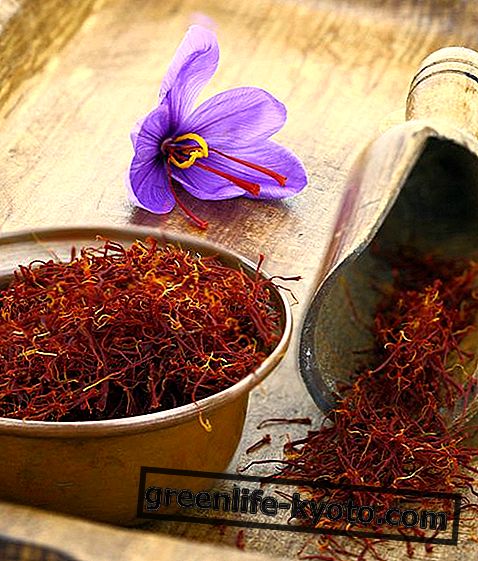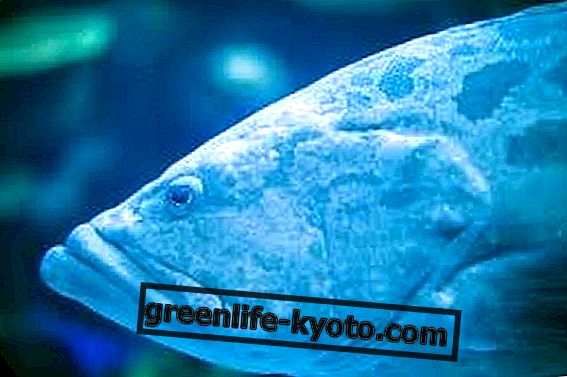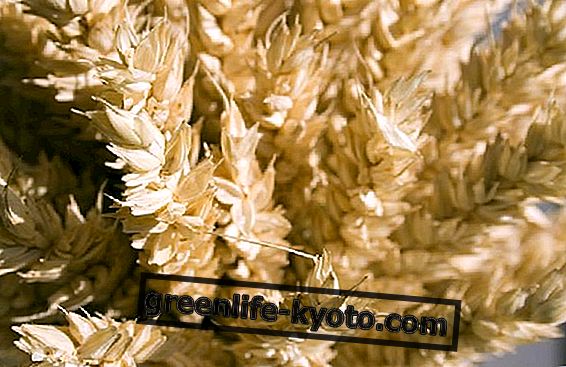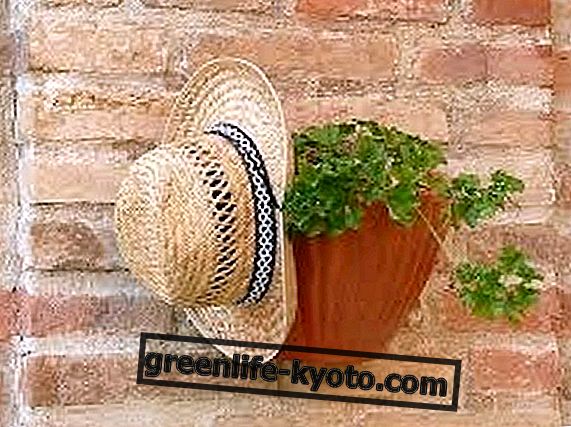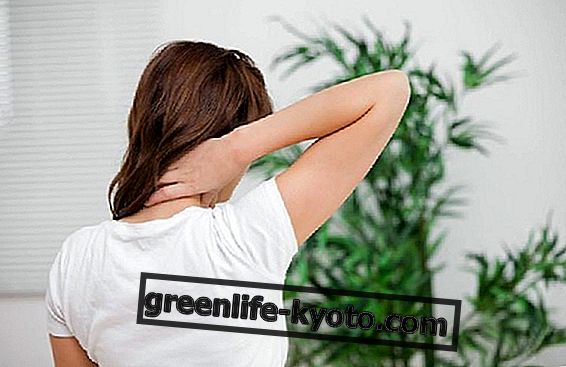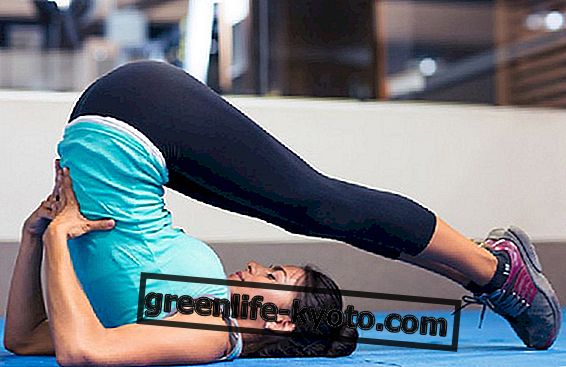Taoist meditation, a technique of long life in ancient China, nullifies the effect of negative emotions such as fear. Let's find out better.
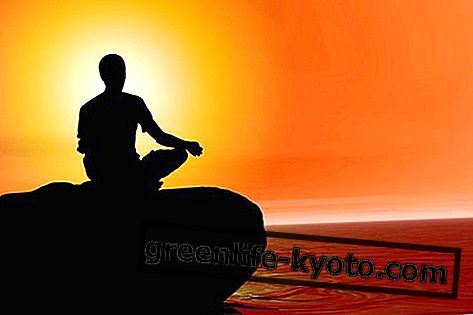
History and origin of Taoist meditation
Taoist meditation is part of the long life techniques originating in ancient China. The masters of the time, such as Lao tzu and Chang San Feng, had identified the secrets of the force that flows in all things, the origin of life itself: the Qi.
In our organism, this energy flows in the form of two entities, the Yin and the Yang, along imaginary channels, called meridians . The correct flow of qi allows health, well-being and longevity; on the contrary, it can give rise to diseases, mental illnesses and emotional problems.
Taoist meditation focuses on the inner energy of the subject, abandoning any reference to what surrounds us, focusing instead on the Tao, that is, what originates and embraces everything. Meditating thus becomes the art of non-intervention, of no action, of observation on tiptoe. It means acting in an attempt not to upset the spontaneous flow of events.
Taoist meditation presents profound differences with respect to similar practices developed by other systems of inner development, as it is characterized by the focus on internal energy and its cultivation .
After the foundations for the cultivation of internal energy have been laid through the practice of Qi Gong and Tai Chi, the practitioner can approach the practice of Taoist meditation. Today studies focusing on the effects of these techniques demonstrate the action on the general state of the organism, through an involvement of the central nervous system and of the vegetative one.
The benefits of Taoist meditation
The ancient Taoists developed some meditation techniques aimed at attenuating and canceling the effect that negative emotions such as fear, hatred, sadness and anger could have on the energy structure, as it causes losses of qi and accumulations of negative energy. By meditating on Taoist meditation, one is able to obtain various benefits related to the approach to personal life, considered with a greater depth.
You will learn to transform negative emotions into positive feelings and virtues, to refine and dispense raw sexual energy, to manage the fundamental moments of your existence, to be present in dreams, to feel the dynamism of your body and to remedy it and to get in touch with the energies around us. Through Taoist meditation, the practitioner will learn how to constantly produce creative energy, raising the person's level of consciousness.
Autumn in Taoism
Description of the technique
Taoist meditation is divided into two categories : Ru Jing and Cun Si . Ru Jing means entering into tranquility and involves a simple contemplation, devoid of concentration, training the mind to be consciously silent.
This is what the Taoists call the fast of the mind : the practitioner sits on the edge of the river and listens to the current, experiencing reality directly, without any thought filters. It is not easy to sit and listen, without allowing the mind to fantasize with thought. Watching our breath in silence, in a detached way, or a natural element like a tree, like the clouds in the sky or the movement of the sea, makes our mind quiet, centered and silent; a silent mind can more easily feel the imbalances and messages of the body, becoming able to move and direct the qi .
The Cun It provides visualizations for therapeutic purposes and concentration. With visualizations are intended images consciously created by the mind in a completely intentional way. Belief causes physical changes, which are evident in the production of neurotransmitters, hormones and antibodies.
The practice of the Cun We teach to replace negative images and emotions with positive ones, transforming and recycling the energy that stagnates. Instead of thinking of the body as sick, closed, insensitive, cold or polluted, it is imagined as the abode of powerful and pure forces.
Imagination thus conceived is not the only factor in health, but plays a decisive role. Therefore, Taoist meditation does not represent an escape from reality, but a tool to live, adapt and learn about reality.
Suitable for
The frenzy of everyday life almost always leads us to use, if not waste, more energy than we normally have available. Not having physical or emotional energy can lead to depression and dissatisfaction with life itself.
Taoist meditation is effective for those who want to learn how to manage their energies, ensuring full awareness of their potential, in order to be able to act on their own limits. Anyone who aims at knowing their most intimate realities can achieve surprising results by following an elaborate, improved and consolidated system over thousands of years by Taoist masters and made current for the needs of modern society by living masters.
On the physical level, in addition to breathing and the concentration of Taoist meditation, the practice of qi gong improves posture and agility of movement, blood circulation and metabolism, the nervous and muscular system, slowing aging, reinforcing the tissues and even revitalizing the brain. It is specifically indicated for subjects in old age, who thus manage to stay in shape with vitality.
Where Taoist meditation is practiced today
This practice can be learned by attending specific Taoist meditation courses, or qi gong courses or tai chi chuan courses, as practical bases for meditation. There are many Eastern cultural institutes in the area that offer courses and seminars of this type. There is also a range of gyms open to these disciplines.
The search for a true living master is now impossible, but there are numerous Taoist teachers and masters of tai chi chuan who can direct you to the cultivation of your psychophysical energy.
Curiosity
Taoist meditation uses a famous image, that of the bow, arrow and target, at the crucial moment of the shot: the shooting of the arrow . When the bow is held firmly by the archer, when the rope is well stretched, the targeted target with care and the mind is alert, the shooting consists in wu wei, in the non-intervention of the archer, ie in the release of body tension, freeing the spirit.
The arrow, guided by the breath, heads towards the target following an infallible trail, sticking in the center. Thus described, the condition of shooting was traditionally considered a form of meditation. This is one of the reasons why the Shu Ching, one of China's oldest historiographical sources, and Liji, a text dedicated to the principles of good conduct, contain several chapters dedicated to the art of archery .

